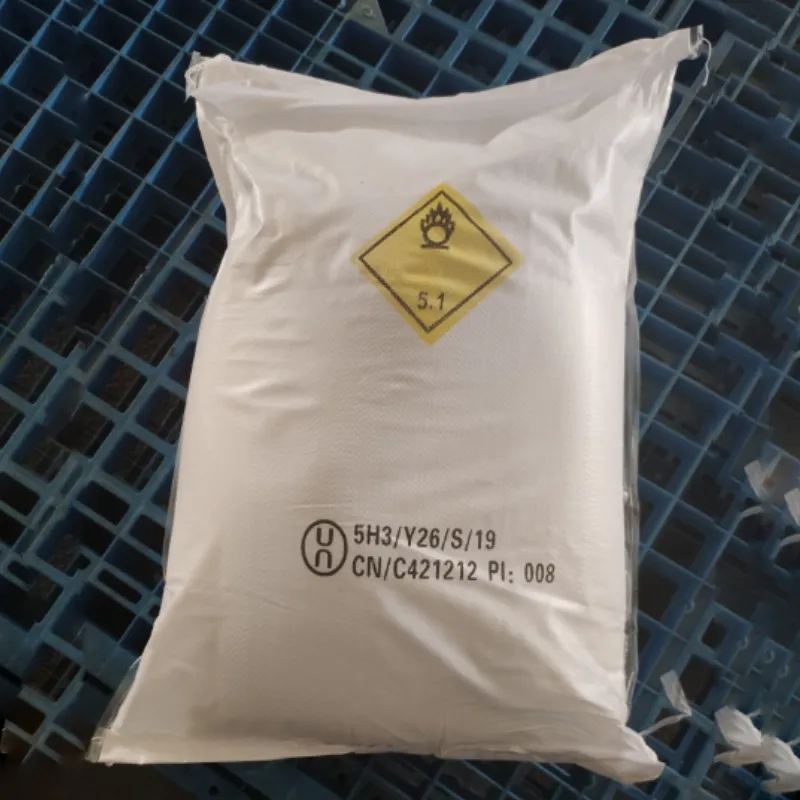
The Relationship between Formaldehyde and Formic Acid in Chemical Reactions
Formaldehyde and Formic Acid Their Properties and Applications
Formaldehyde is a colorless, pungent gas that plays a vital role in various industrial applications. It is primarily produced through the oxidation of methanol and is widely recognized for its effectiveness as a preservative and disinfectant. Formic acid, on the other hand, is the simplest carboxylic acid, known for its corrosive properties and distinctive odor. Although these two compounds are chemically distinct, they are often discussed together due to their interrelation in organic chemistry and their applications in various fields.
Formaldehyde is utilized in the production of resins, such as urea-formaldehyde and phenol-formaldehyde, which are critical in manufacturing composite wood products and insulation materials. In the agricultural sector, it serves as a vital disinfectant and preservative for animal feed. However, formaldehyde is also associated with health risks; prolonged exposure can lead to respiratory issues and is classified as a potential human carcinogen. Thus, stringent regulations govern its use, necessitating a careful approach in its handling and application.
Formic acid, with its chemical formula HCOOH, is found naturally in the venom of ants and in the stings of certain insects. Its industrial production mainly involves the carbonylation of methanol. Formic acid is renowned for its use as a preservative in agriculture, particularly in silage production, where it inhibits the growth of undesirable bacteria. Additionally, it is employed in the leather and textile industries, where it acts as a dyeing agent and pH regulator.
formaldehyde and formic acid

Both formaldehyde and formic acid exhibit important characteristics that make them invaluable in the chemical industry
. For instance, formaldehyde’s ability to undergo polymerization allows it to form stable resins, while formic acid is appreciated for its strong acidity and capability to act as a reducing agent in various reactions.Despite their usefulness, safety concerns are paramount. Manufacturers and users of these chemicals must adhere to safety guidelines to minimize exposure risks. The regulatory landscape continues to shift, with increasing scrutiny on the environmental and health impacts of chemical substances.
In conclusion, formaldehyde and formic acid, while distinct, share a significant overlap in industrial applications. Their unique properties facilitate their use in various sectors, from construction to agriculture. Understanding their characteristics, applications, and associated risks is crucial for safe and effective utilization in modern society.
-
Sodium Dichloroisocyanurate Safety Handling ProtocolsNewsJul.29,2025
-
Mining Chemicals for Copper Extraction Processes GuideNewsJul.29,2025
-
Fertilizer for Sale Shipping and Storage TipsNewsJul.29,2025
-
Dimethyl Disulfide as Sulfurizing AgentNewsJul.29,2025
-
Benzotriazole Safety Data Handling and Storage GuidelinesNewsJul.29,2025
-
Ammonium Bicarbonate Safety Handling Storage GuidelinesNewsJul.29,2025
-
The Transformative Role Of Trichloroisocyanuric Acid in Water TreatmentNewsJul.23,2025
Hebei Tenger Chemical Technology Co., Ltd. focuses on the chemical industry and is committed to the export service of chemical raw materials.
-

view more DiethanolisopropanolamineIn the ever-growing field of chemical solutions, diethanolisopropanolamine (DEIPA) stands out as a versatile and important compound. Due to its unique chemical structure and properties, DEIPA is of interest to various industries including construction, personal care, and agriculture. -

view more TriisopropanolamineTriisopropanolamine (TIPA) alkanol amine substance, is a kind of alcohol amine compound with amino and alcohol hydroxyl, and because of its molecules contains both amino and hydroxyl. -

view more Tetramethyl Thiuram DisulfideTetramethyl thiuram disulfide, also known as TMTD, is a white to light-yellow powder with a distinct sulfur-like odor. It is soluble in organic solvents such as benzene, acetone, and ethyl acetate, making it highly versatile for use in different formulations. TMTD is known for its excellent vulcanization acceleration properties, which makes it a key ingredient in the production of rubber products. Additionally, it acts as an effective fungicide and bactericide, making it valuable in agricultural applications. Its high purity and stability ensure consistent performance, making it a preferred choice for manufacturers across various industries.











